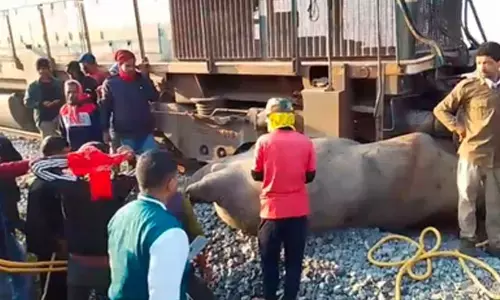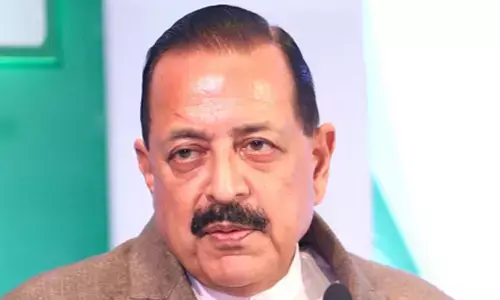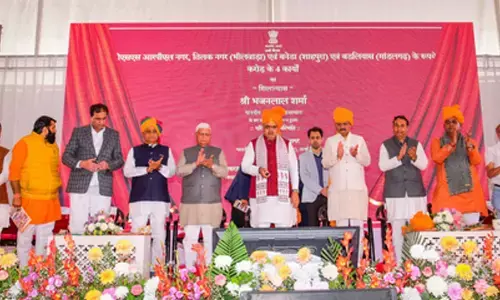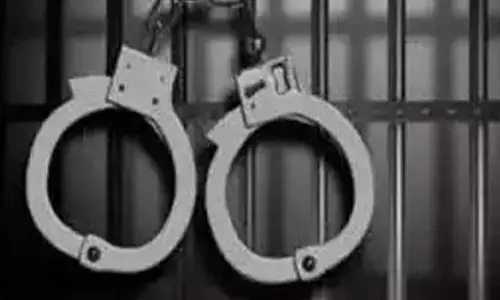Railbus can be sound revenue generating mass transit system
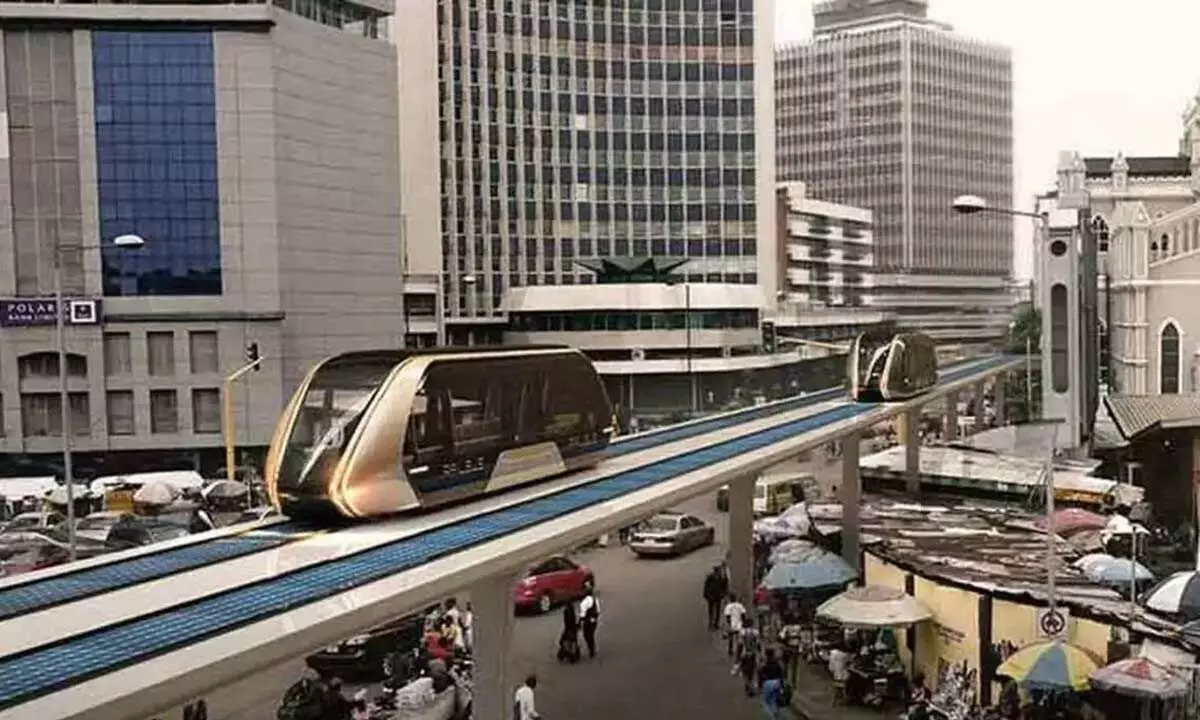
Railbuses can significantly reduce carbon emissions compared to traditional diesel buses and cars
Railbus services offer a dynamic and practical solution to the challenges of public transportation. By combining the flexibility of buses with the efficiency of rail travel, railbuses contribute to improved connectivity and accessibility.
With local railways and metros sprouting in Mumbai and other Indian cities, there is a window of opportunity to create an elevated last mile Railbus service system. It could be a system that could connect nearest railway stations to the outstation platforms and airports.
These should be elevated to avoid traffic congestion and floods during monsoon. The starting points could be at bus depots with unlimited space to create hubs.
Historically, India has relied heavily on road-based public transport systems such as buses, auto-rickshaws, and of late ride-hailing services. While these modes of transport have served the people quite efficiently, they are not without their challenges. Emissions from millions of vehicles contribute significantly to air pollution in many urban centres. In an era defined by the urgent need to combat climate change, railbus emerges as a beacon of sustainability in urban transportation. By utilizing electric or hybrid propulsion systems, railbuses can significantly reduce carbon emissions compared to traditional diesel buses or cars. Furthermore, their efficient use of energy and capacity for regenerative braking further contribute to their eco-friendly profile, making them a vital component of cities’ efforts to achieve carbon neutrality and improve air quality. Many cities bear the brunt of traffic jams and pollution. We need new ways to move around the city, modes that are good for the environment and don’t get stuck in traffic. One solution gaining attention towards this is the Elevated Rail Bus (ERB). It’s like a mix between a bus and a train and can make city travel better with less infrastructure and maintenance cost. Rise of the Elevated Rail Bus: This is a new transportation mode to move around in cities. They work well because of new technology and smart city planning. These buses are a mix of regular buses and trains.
ERBs can make cities cleaner places to live. More importantly, they don’t need a lot of fancy technology or complex construction like subways. It is certain that into the future, they will get even smarter and be integral to town planning. These buses are a good choice for cities looking to change how people get around and make a better future. They improve transport efficiency, reduce pollution levels and boost the economy. To make public transport an attractive and everyday choice for residents, cities must design the service well, and overcome physical and cultural barriers. High quality public transport services are reliable, frequent, fast, comfortable, accessible, convenient, affordable and safe and serve routes where the demand is distinct.
Urbanization has elevated travel demands and escalated the number of trips made in urban areas. Projections indicate that the per capita trip rate across all modes of transportation will increase from 0.8–1.55 to 1–2 by 2030. Nonetheless, this surge in urban travel can exacerbate adverse transport externalities, including traffic congestion, road accidents, suboptimal peak-hour travel experiences, overpopulation, and environmental degradation. The four metro cities incur congestion costs of approximately $14.7 billion annually. In 2022, States and Union Territories reported 461,312 road accidents, resulting in 168,491 deaths, representing an 11.9 percent increase in road accidents and 9.4 percent in fatalities over the previous year. How Indian cities achieve sustainable urban public transportation will be pivotal to its potential to be among the world’s top three economies. Several cities have jumped the gun to embrace metro rail as a panacea for their urban transport problems without focusing on enhancing the bus fleets and networks or evaluating the felt need for the much more expensive rail-based option. It is not to say that metro rail systems are not needed. Many Tier 2 cities are witnessing a population surge and will require metro rail - but only when the bus-based systems reach a saturation point.
The lack of well-defined regulations about the timing and quantum of investments in the urban transport system without considering augmenting and streamlining existing modes has driven much smaller cities to commit unwarranted finances to unsuitable public transport options.








